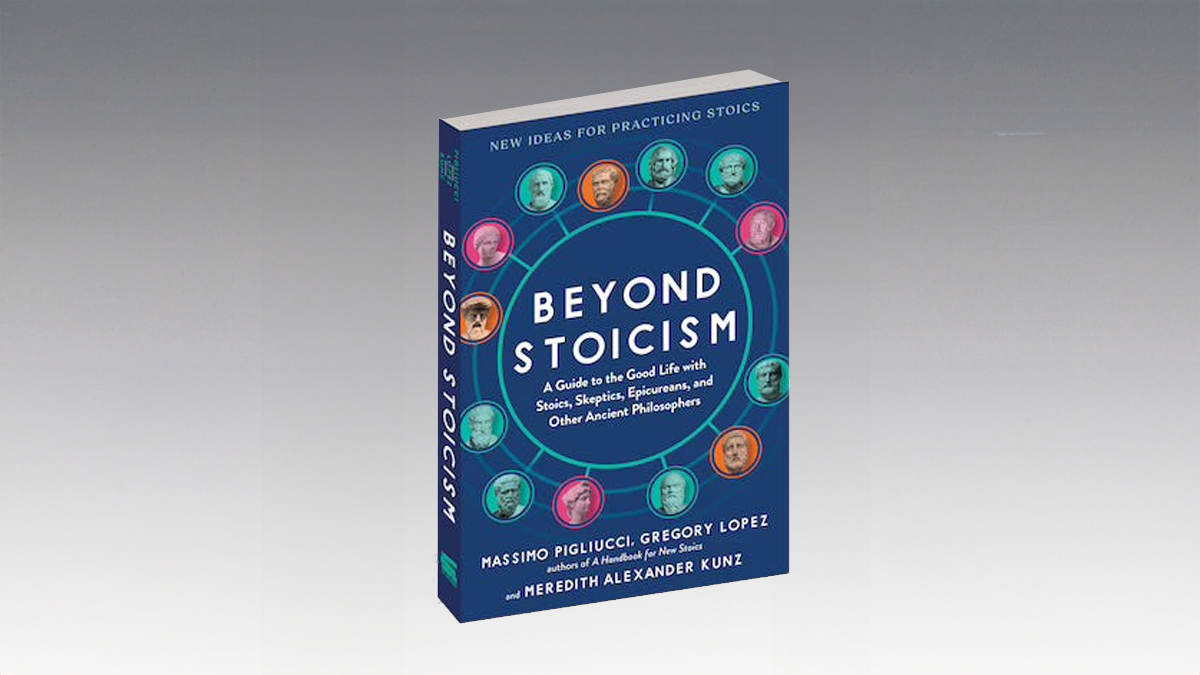Justice Breyer on interpreting the law.
Stephen Breyer: You know the thing that impressed me most ever written about judges interpreting text was a statement by Learned Hand, who is maybe the greatest judge ever had in the United States – certainly one of the few. And he said, “Interpreting a text is like a . . . it’s tough. It’s a difficult decision.” He said, “It’s closer to a performer interpreting a musical score.” You want to be true to that score. You want to be true to the intent of the composer who wrote the music. And there isn’t a magic formula. There’s not a magic formula that will tell you how to do it. And I would be amazed if I could give you a formula about how to use consequences in every case. Well I think if you put it more tritely, the proof of the pudding is in the eating. I write down what I think. And if people read it, they will see what the reasoning is. And they can criticize it and I might learn from that. But there is not a magic answer. You know I’m probably . . . since I recently wrote a dissent in a case involving the use of race-conscious criteria in the schools . . . whether the city of Seattle could use . . . As one criteria among several, they allowed high school students freedom to choose whatever school they wanted. They listed preferences. But they said no school could be more than 85% white. Basically that was their criteria. And the question was, “Could they actually overtly, in that way, use a racial criteria?” And the court, 5 to 4, decided that they could not. They could not. I dissented. I thought, “Of course they can’t.” Were consequences relevant there? They certainly were to me. Because I said, “If you interpret the equal protection clause to forbid this, how are people supposed to deal with problems of race and poverty in inner cities of America?” And I see the Constitution as a very workable document. I think Madison’s genius was to say we’re going to get these values. We stay the same. And we’re gonna embody them in words that allow their application over the course of the next 400, 500 years, if not longer. And to do that, you have to refer back to how do these values apply today? What’s the value of the equal protection clause? Trying to bring us together; trying to create one nation; trying to create races that were separate . . . a caste system; and try to create one country out of this diversity. And it’s a miracle, but we’ve been able to do that to a degree. There’s still plenty of problems. And for me to think of that clause being posed as an obstacle to such an effort, I just think that that was wrong. And I expressed by view very concisely in about 77 pages.
Recorded on: 7/5/07






